Whales happen to be one group of animals that require a lot of attention from conservationists. This isn’t just for the benefit of the whales: these large marine mammals do a lot to regulate ocean habitats. Along with that, scientists are trying to point out that whales can also help us fight climate change.
How whales fight climate change
Whales play an important role in global carbon mitigation in two main ways: through their movements and storing carbon in their bodies.
1. Movements - Whale Pumps
Whales dive to the depths of the ocean to feed on fish and invertebrates. When they return to the surface to breed, whales bring key nutrients like iron, nitrogen and phosphorus with them. These nutrients are released through their poo as part of a process called Whale Pumps - fecal plumes that stimulate the growth of phytoplankton. This is a microalgae that produces up to 50% of the oxygen and captures 40% of CO2 in the atmosphere. Although whales are not solely responsible for the growth of all phytoplankton, they deliver nutrients to depleted areas of the ocean. Larger whale populations would help areas such as the Southern Ocean which are extremely iron deficient.

How phytoplankton sequesters carbon
The iron-rich waste of great whales provides the ideal environment for the growth of phytoplankton. This means that the more whales there are, the better the ecosystem will be for the phytoplankton. This is important for climate change because phytoplankton also crucially sequester carbon dioxide in the deep oceans.
Phytoplankton float near the surface of the sea and they absorb CO2 through the process of photosynthesis. They are then eaten by other sea creatures. When those sea creatures die, they sink to the bottom of the ocean where the CO2 from the phytoplankton stays for many centuries.
While a single microscopic organism might not make much of a difference, there are billions of tons of phytoplankton in the world’s oceans. At current numbers, phytoplankton capture an estimated 37 billion metric tons of CO2 every year. This is about four times the amount of CO2 absorbed by the Amazon Rainforest each year.
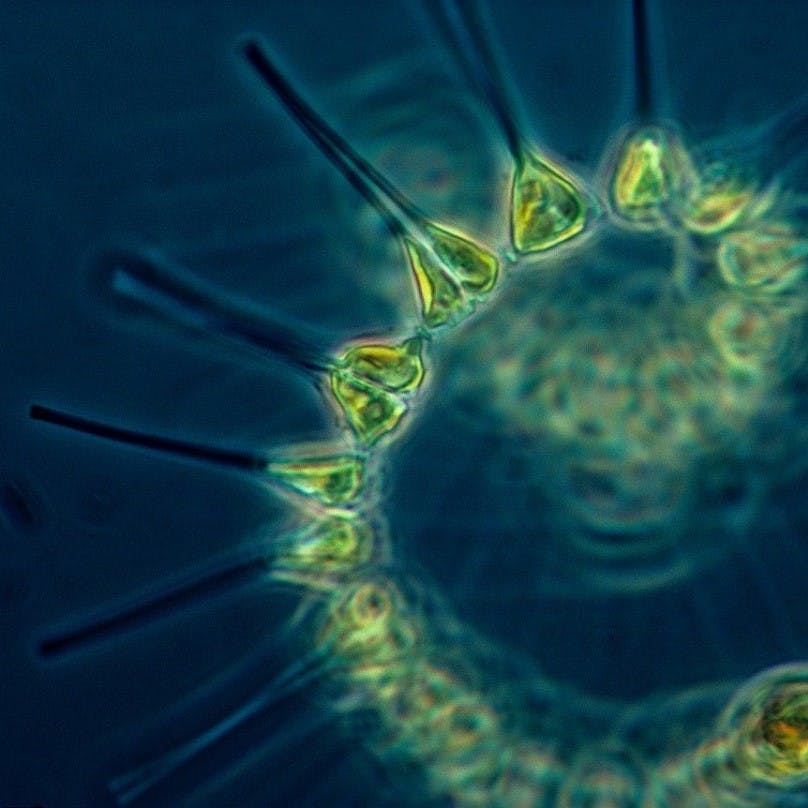

Take action now
Do you want to have a direct impact on climate change? Sir David Attenborough said the best thing we can do is to rewild the planet. So we run reforestation and rewilding programs across the globe to restore wild ecosystems and capture carbon.
Get involved2. Storing Carbon - Biomass and Deadfall Carbon
Whales also fight climate change directly through the carbon contained in their bodies. Throughout their lives they accumulate and store carbon, the larger the species, the more carbon they lock away. Like other sea creatures dying and sinking to the ocean floor, whales' bodies do the same. Along with providing valuable resources to deep-sea life, the whale carcass degrades at the bottom of the sea. The carbon it captured during its life stays at the bottom of the ocean for centuries. If the whale is killed and processed on land or at sea, that carbon is then released into the atmosphere instead of staying deep in the sea.
Over the course of a lifetime, these big mammals accumulate a lot of CO2 that is stored in their massive bodies. On average, scientists believe that each great whale sequesters about 33 tons of CO2 in its lifetime. Compare the 33 tons of CO2 sequestration to that of a single tree (0.25 tonnes / 560 pounds over 50-100 years) and you see how much difference just one whale can make. What's more, the carbon from whales is sequestered for longer than with most trees.
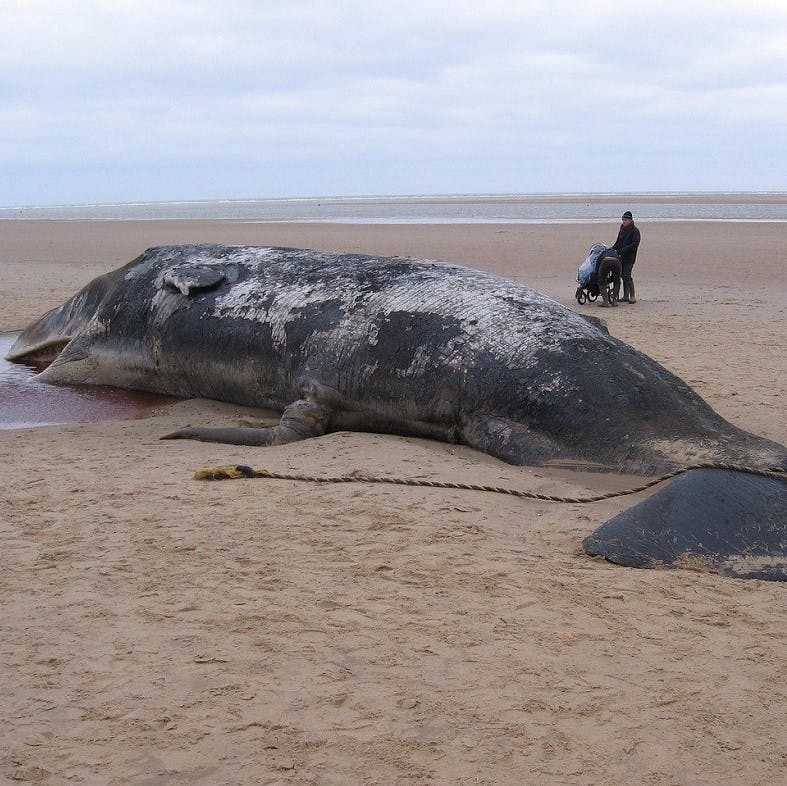
Threats to whale populations
If the planet is to benefit from large whale populations, we will need to do what we can to save these animals. While many focus on whaling as the key problem for whales, the biggest threats happen to be issues with bycatch and whales getting entangled in discarded fishing gear. Whaling, although horrific as it is, only kills a few thousands whales each year. Whereas, a staggering 300,000 whales and dolphins are killed each year in fishing net entanglements. Plastic pollution is the next biggest killer which is responsible for about 100,000 marine mammals dying every year. Most of this pollution comes from fishing nets and equipment.
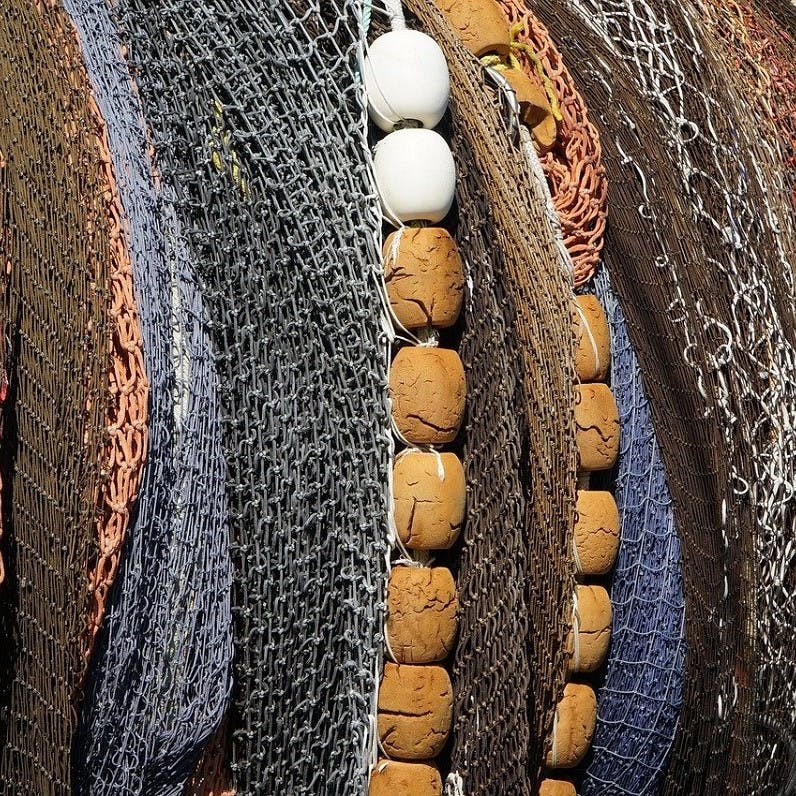
How much carbon can we capture by protecting whales?
Current populations of whales is estimated at 1.3 million. Say we could recover to pre-whaling populations of 4-5 million, we could capture 122 million tonnes of CO2 in biomass and deadfall carbon alone! Whale Pumps have the potential to store much more - if we improve whale populations to get a 1-2% increase in phytoplankton, we could sequester 740 million tonnes of CO2!
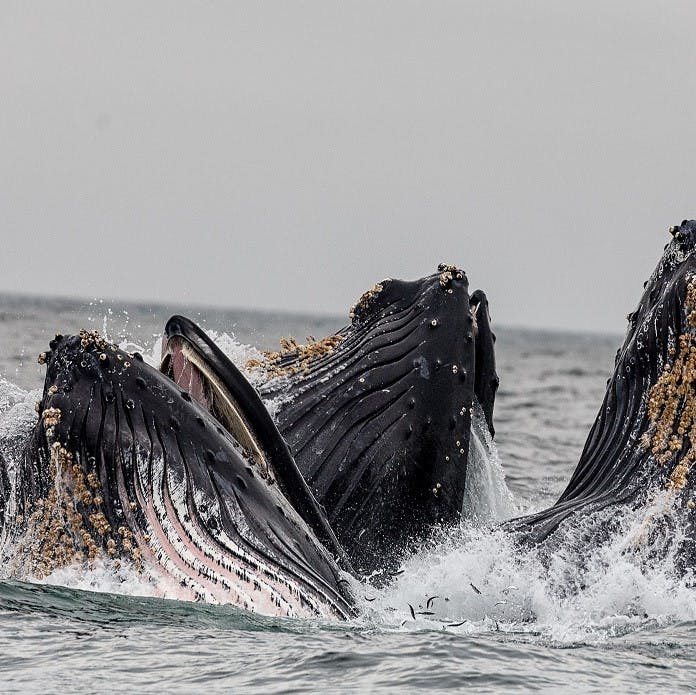
If we improve whale populations to get a 1-2% increase in phytoplankton, we could sequester 740 million tonnes of CO2!
Mossy Earth
How to help protect whales
To save these amazing creatures, we will need to focus on more than just whaling. We believe the solution is two-fold.
- The world’s governments need to establish large marine reservation areas in the oceans.
- We also need to consider what we can do personally, this could be to reduce or eliminate our consumption of fish.
That means introducing many more strictly protected areas of the ocean free from fishing and other invasive activities.
On an individual level, by significantly reducing or eliminating the consumption of seafood you can contribute to the solution rather than the problem. Although there is a growing number of products carrying certified sustainable catch labels, this is a tricky area to monitor and the notion of sustainable fishing as a whole is debatable.
In addition to these approaches, you can donate to charities and support policies aimed at animal conservation. Also shop for and buy products like the ocean ring to support conservation organizations.
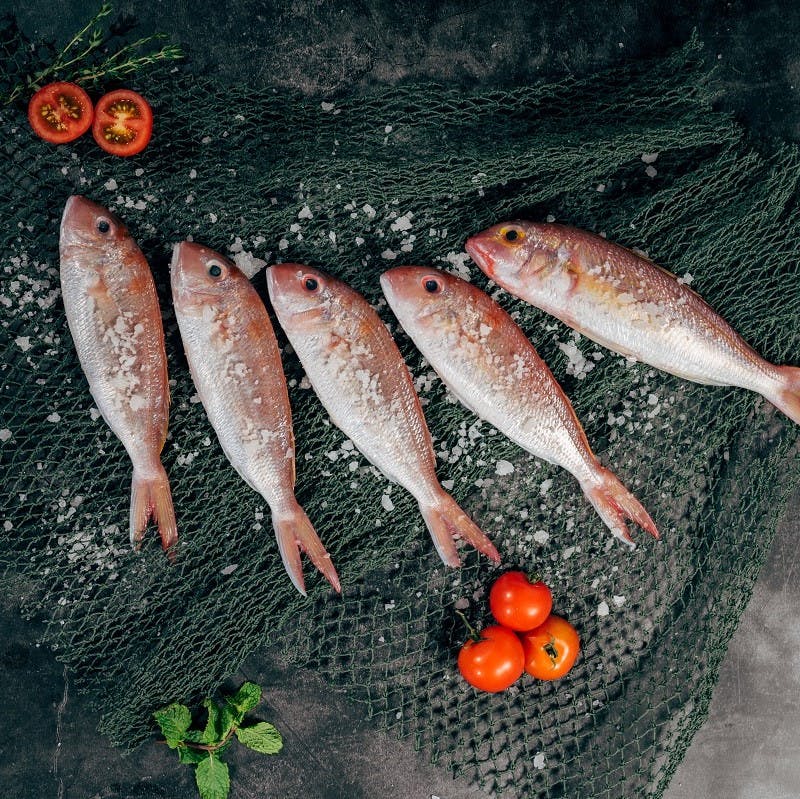
Conculsion
When you consider the ways whales help to sequester carbon deep into the ocean, you can see how saving just one group of animals can make a big difference for the entire planet. Comparing it to many of the other options for reducing CO2 in the atmosphere, promoting policies and individual actions to protect whales and increase their populations could be one of the most significant steps humans take toward preventing the worst outcomes associated with climate change.
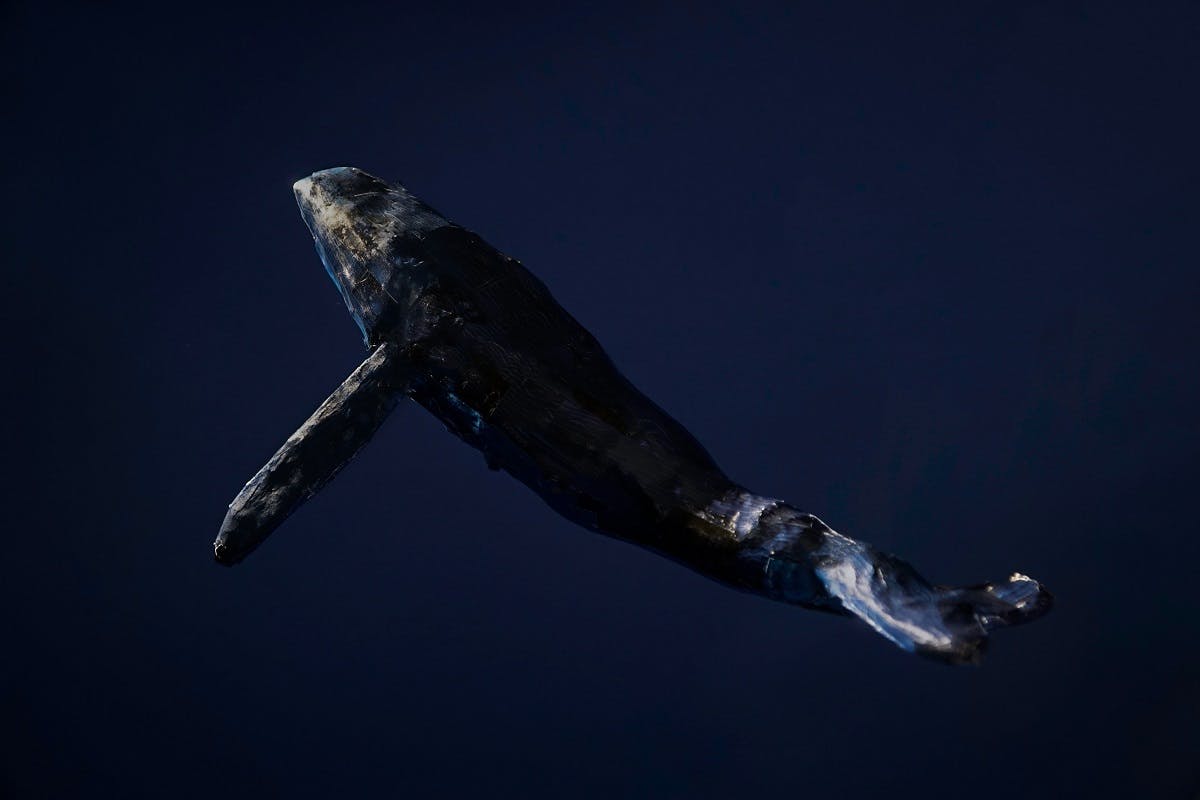
Sources & further reading

- “Nature’s Solution to Climate Change” - IMF
- “Whales -their future is our future” - Whale and Dolphin Conservation
